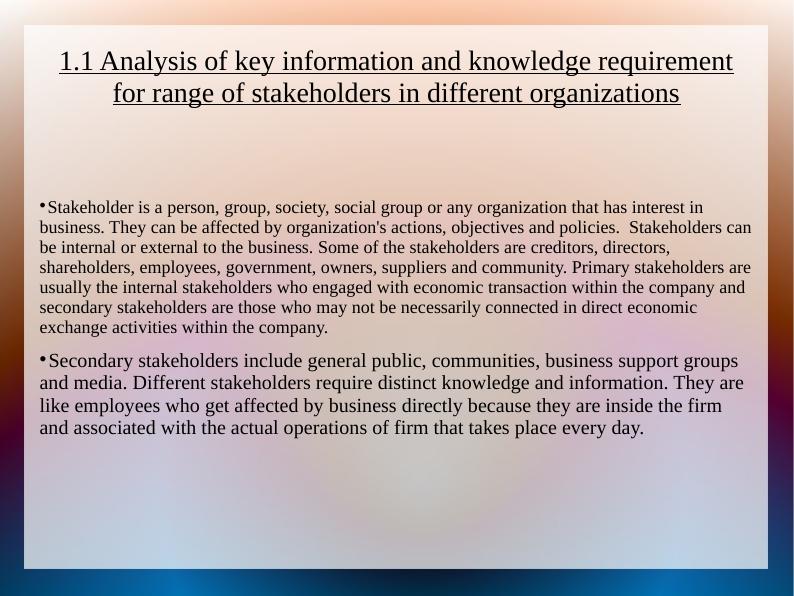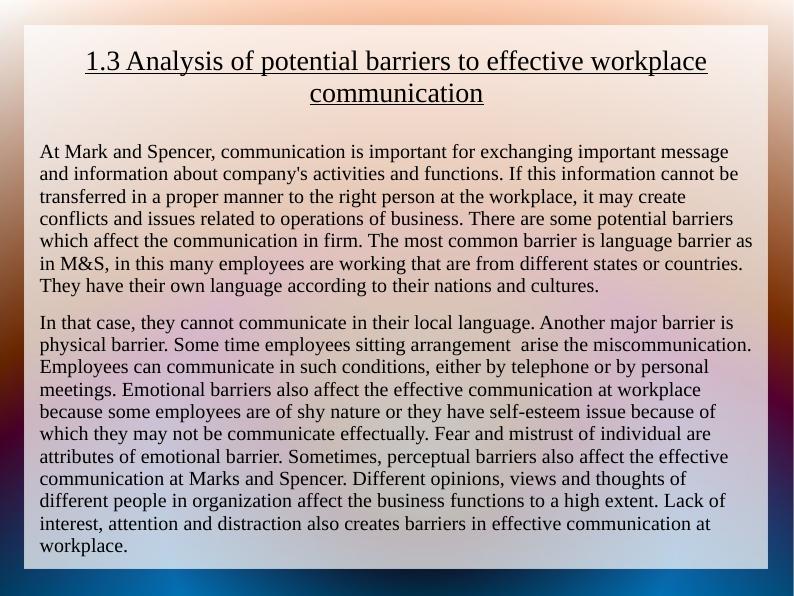Analysis of Information and Knowledge Requirements for Stakeholders
Rewrite the training package for 'Managing Workplace Communication' course, including a presentation, notes, handouts, and exemplar materials. Apply theory to practice, use case studies or personal experiences, and reflect on own interpersonal communication skills.
9 Pages1502 Words287 Views
Added on 2023-04-20
About This Document
This presentation analyzes the information and knowledge requirements for stakeholders in different organizations. It explores the communication systems used, potential barriers to effective workplace communication, and the influence of values and cultural factors on communication. It also discusses the benefits and drawbacks of technology in the communication process and the impact of policies and procedures on communication processes.
Analysis of Information and Knowledge Requirements for Stakeholders
Rewrite the training package for 'Managing Workplace Communication' course, including a presentation, notes, handouts, and exemplar materials. Apply theory to practice, use case studies or personal experiences, and reflect on own interpersonal communication skills.
Added on 2023-04-20
ShareRelated Documents
End of preview
Want to access all the pages? Upload your documents or become a member.
Managing Communication
|16
|789
|58
Managing Workplace Communication for University of Bolton
|14
|1713
|251
Managing Communication
|17
|728
|47
Mark & Spencer Relationship with Other Manufacture
|14
|3736
|43
Meeting Outcome Report
|13
|2152
|42
Effective Communication Report
|12
|1791
|45



